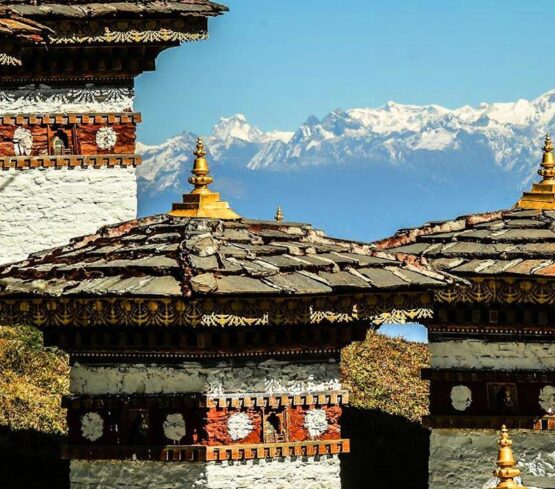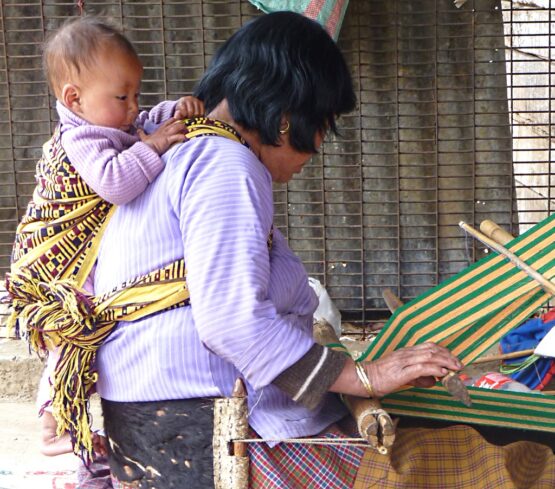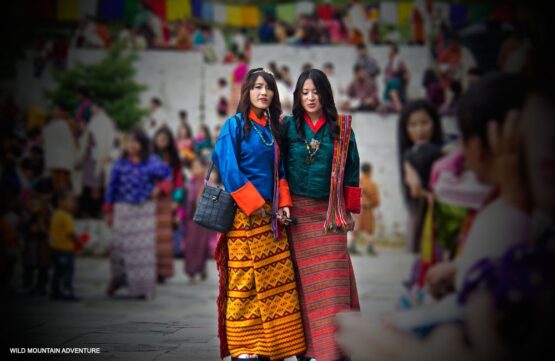History of Bhutan

Religion
Bhutan has two main religions, Buddhism and Hinduism. Bhutan is the only country in the world to have maintained the tantric form of Mahayana Buddhism as its official religion. In the south, the people follow their own religion, Hinduism.
The freedom regarding different religious beliefs is accepted at a certain level. People can hold and practice their own religion in which they believe. However, the government does not permit public expression of other faiths & doctrines. There might be social pressure against the expression of external faiths. Out of the total population, approximately 65% are Buddhist, 34.5% are Hindus and .5% are Christians. There are no Muslim followers in Bhutan.
Arts & Crafts
Bhutanese art & craft have been influenced largely by Tibet & India. Artworks are mainly created for religious purposes, since artists were traditionally monks. Nowadays, artists can be anyone who has an artistic gift. The main work of art is to gain merit.


Culture
Based on the records of stone implements, Bhutan was probably first inhabited early around 2000 BC. Buddhism was outstandingly marked on the history of the religious land of Bhutan. It was first introduced in the country in the 7th century when a Tibetan King Songtsen Gampo built first two temples in Bhutan. The one is in Bumthang Jambay Lhakhang And the other one is in Paro Kichu Lhakhang
The Buddhist faiths become increasingly known when Padmashmbhava or Guru Rimpoche brought the tantric form of Buddhism into this secret land in 747 AD.
Since the 12th century, many religious schools had spread widely throughout the kingdom and from 13th century onwards, the people had more rapidly adopted Buddhism, but later there were conflicts among different religious schools. Moreover, from the 15th century when many clans and noble families started to rule the different regions of the country, quarrels frequently burst out among the rulers and in different valleys. Besides this many invasions by Tibet took place in 1634, 1639, 1645 & 1648. The country had been seriously unstable politically and religiously until the 17th century when a religious leader Shabdrung Ngawang Namgyel of Drukpa School fled from Tibet & took refuge here in Bhutan.
He built most of the Dzongs (fortified monasteries) in Bhutan and also fought against enemies from abroad & inside the country he then established himself as the religious ruler with the honorary title of Shabdrung (meaning at whose feet one submitsa). Shabdrung died in 1651, but his political system continued till the beginning of the 20th century. However, internal disputes, political conflicts and civil wars broke out after his death. In 1907, political stability was re-established in the country when Ugyen Wangchuk was elected to be the first king of Bhutan by the assembly of representatives of the monastic community, civil servants and the people, thereby hereditary monarchy was established under the Wangchuk Dynasty. The present king Jigme Singye Wangchuk is the fourth in line.
